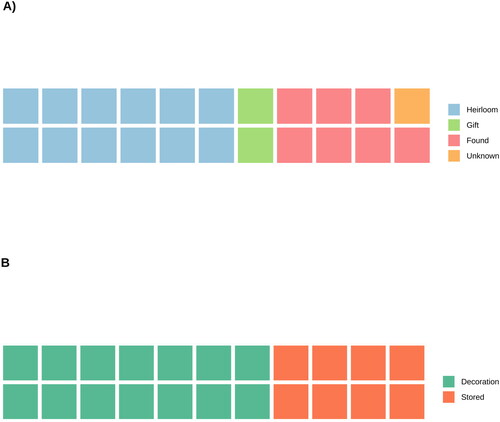Figures & data
Fig 1 (a) A map showing the location of kythera island in Southern aegean. (b) The United States of Ionian Islands in a period map.
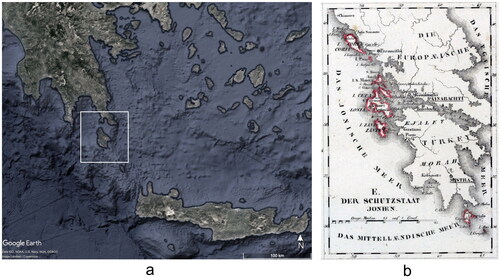
Fig 2 (a) The British stone bridge at Katouni. (b) The bridge at Potamos. (c) The school at Milapidea. (d) The school at Agios Theodoros.
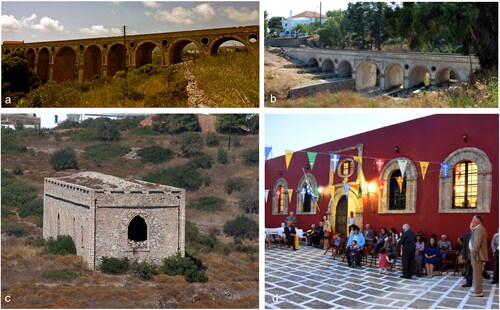
Fig 3 A map with all survey locations of APKAS at the Northern part of kythera island.
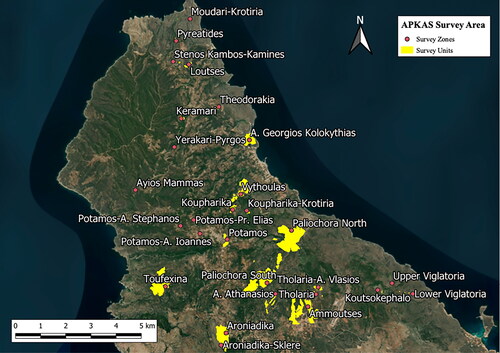
Fig 4 A photo and an illustration of one of the blankenheym & nolet stoneware bottles.
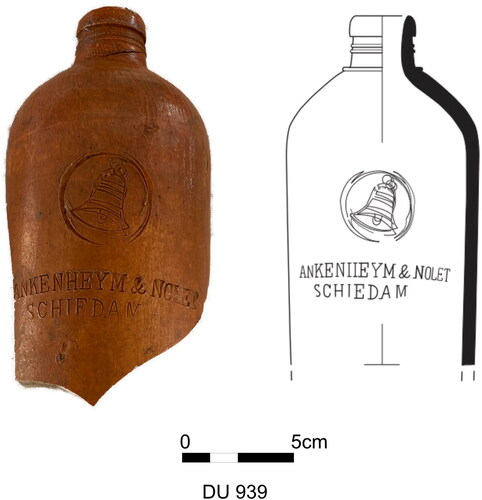
Fig 5 The gin bottle from DU 7028.
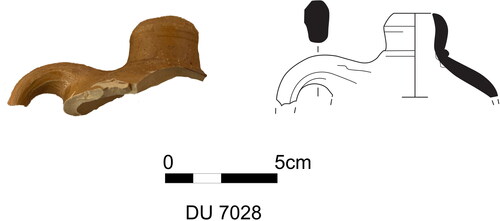
Fig 6 (a) Gin bottle still in use by the locals with the stamp from OUDE GENEVER/FROSIT/S. VAN DIJK AZN./AMSTERDAM. (b) A bottle collected from a local from the fields and currently in display at a Kytherian House.
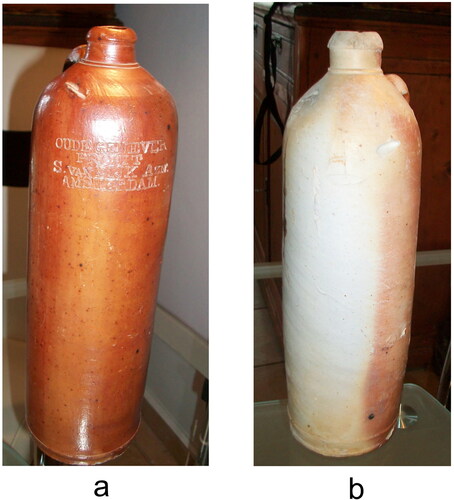
Fig 7 (a) A graph showing how the bottle owners that have been surveyed by the Finds Stories team, have acquired their bottles. (b) Reasons for the bottles being kept by the locals today. Each box corresponds to one participant.
